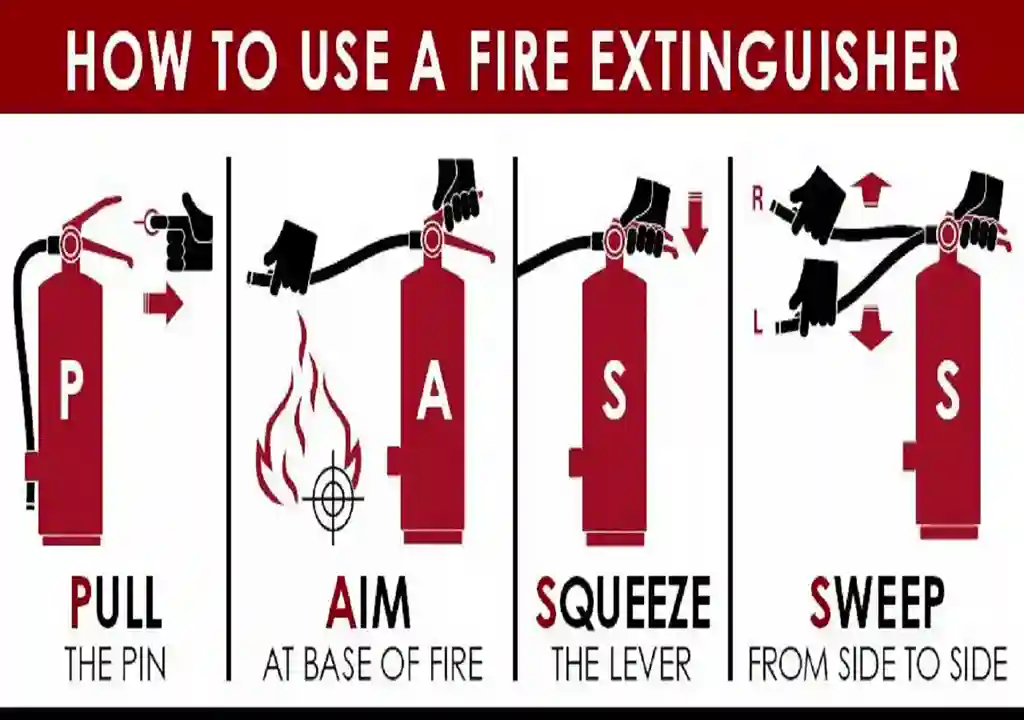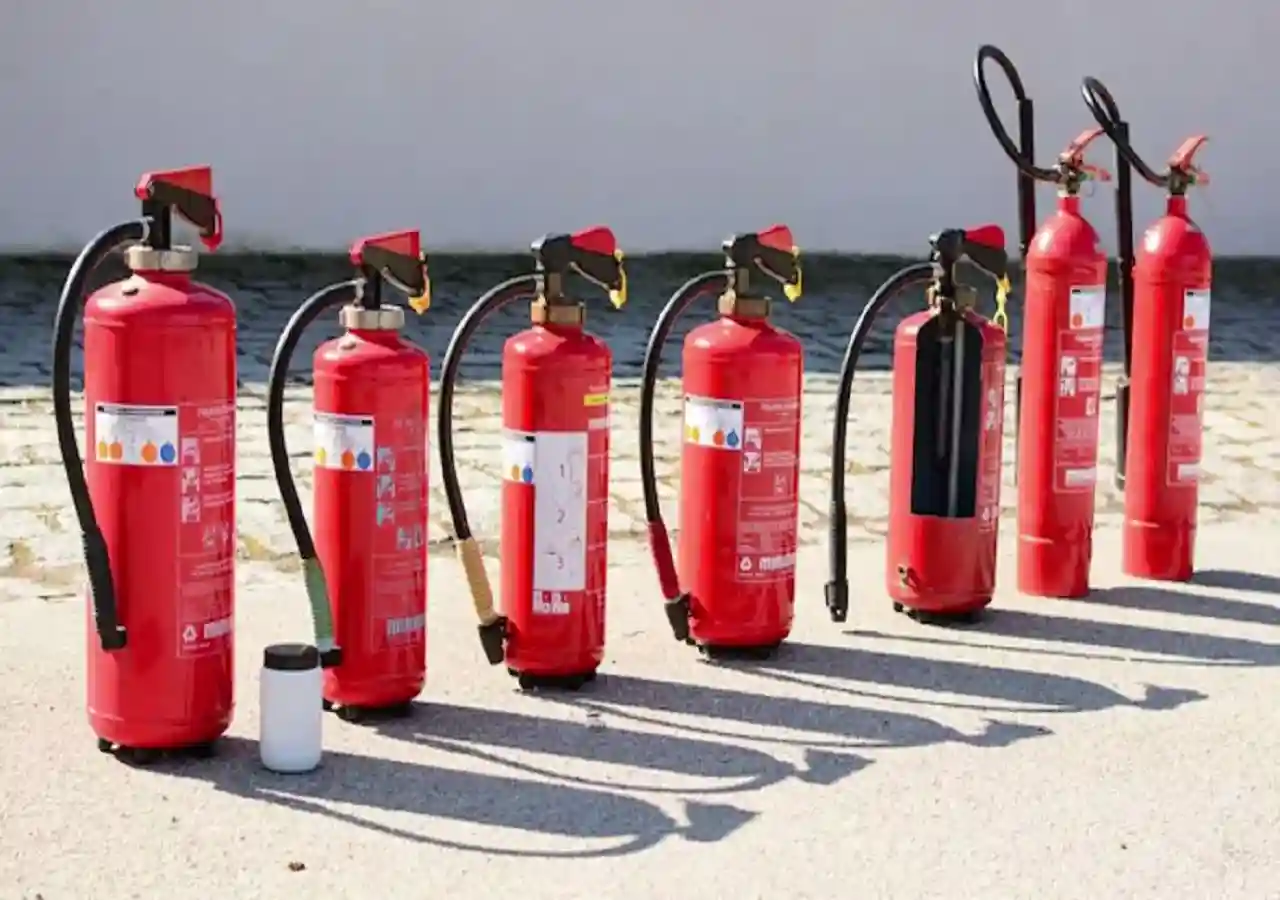Being prepared for a fire is a necessity, not an option. A key part of this preparation is knowing how to use a fire extinguisher. This guide will take you through the crucial steps of operating a extinguisher effectively and safely.
Understanding Different Types of Fire Extinguishers
Before we delve into the steps of using a fire extinguisher, it’s important to understand that not all extinguishers are the same. Extinguishers are classified based on the type of fire they are designed to combat:
- Class A: For fires fueled by solid combustibles like wood, paper, and cloth
- Class B: For fires fueled by flammable liquids such as oil, petroleum, and gasoline
- Class C: For fires started or fueled by faulty wiring, fuse boxes, and appliances
- Class K: For fires started or fueled by cooking oils and greases, animal fats, and vegetable fats
Most household fire extinguishers are multipurpose and labeled for use in Class A, B, and C fires. Class K extinguishers are usually bought separately for kitchen use. Always check the label on your fire extinguisher to confirm its classification and never use an extinguisher for a class of fire not indicated on the label.
How To Use a Fire Extinguisher: The PASS Method
When faced with a fire, remember the acronym PASS:

- Pull: Pull the pin on the fire extinguisher, which unlocks the operating mechanism
- Aim: Aim the extinguisher hose low, at the base of the fire, not at the flames
- Squeeze: Squeeze the handle or lever to discharge the extinguisher
- Sweep: Sweep the nozzle back and forth. Keep the extinguisher aimed at the base of the fire and move it from side to side until the flames are out.
Essential Safety Tips To Use Extinguisher
While extinguishing a fire, always keep a clear exit or escape route in case you can’t put out the fire. Additionally, once the flames are out, continue to watch the fire area to make sure it doesn’t reignite. If the fire does start again, repeat the PASS process. Once the fire is out, or if you are unable to extinguish it, leave the scene and find a safe place out of reach of the fire.
Common Mistakes to Avoid While Using Fire Extinguisher
Avoiding common mistakes can make the difference between a fire that’s quickly contained and a disastrous situation. Here are some key points to remember:
- Don’t ignore the instructions: Always read the operating instructions that come with your fire extinguisher.
- Don’t use the wrong type of fire extinguisher: Never use a extinguisher for a class of fire not indicated on the label.
- Don’t let your extinguisher expire: extinguishers have an expiration date, after which they are no longer effective.
- Don’t neglect fire extinguisher maintenance: Keep an eye on the pressure needle and make sure it always points to the green zone.
- Don’t forget about exits: Store your extinguisher in an easily accessible location near exterior doors.
- Don’t keep it a secret: Make sure everyone in your home knows where the fire extinguishers are kept.
Having the knowledge to use a fire extinguisher is a powerful tool in preventing small fires from becoming disasters. Remember, the best defense against fire is a good offense: stay prepared, stay informed, and stay safe.

